Note: Be sure to review all resources and preview all artists before determining if they are appropriate to share with your students.
When art teachers captivate students with fascinating art history facts, they know they’ve done their job right. This is why we are on a constant search for riveting art history tidbits to elevate lessons. Look no further! The seedy side of the art world has you covered. Students love to hear how the art world isn’t always clean and respectable—it’s full of scandals, questionable ethics, thievery, and exploitation. There are many reasons to love the seedy side of the art world and so many stories to share!
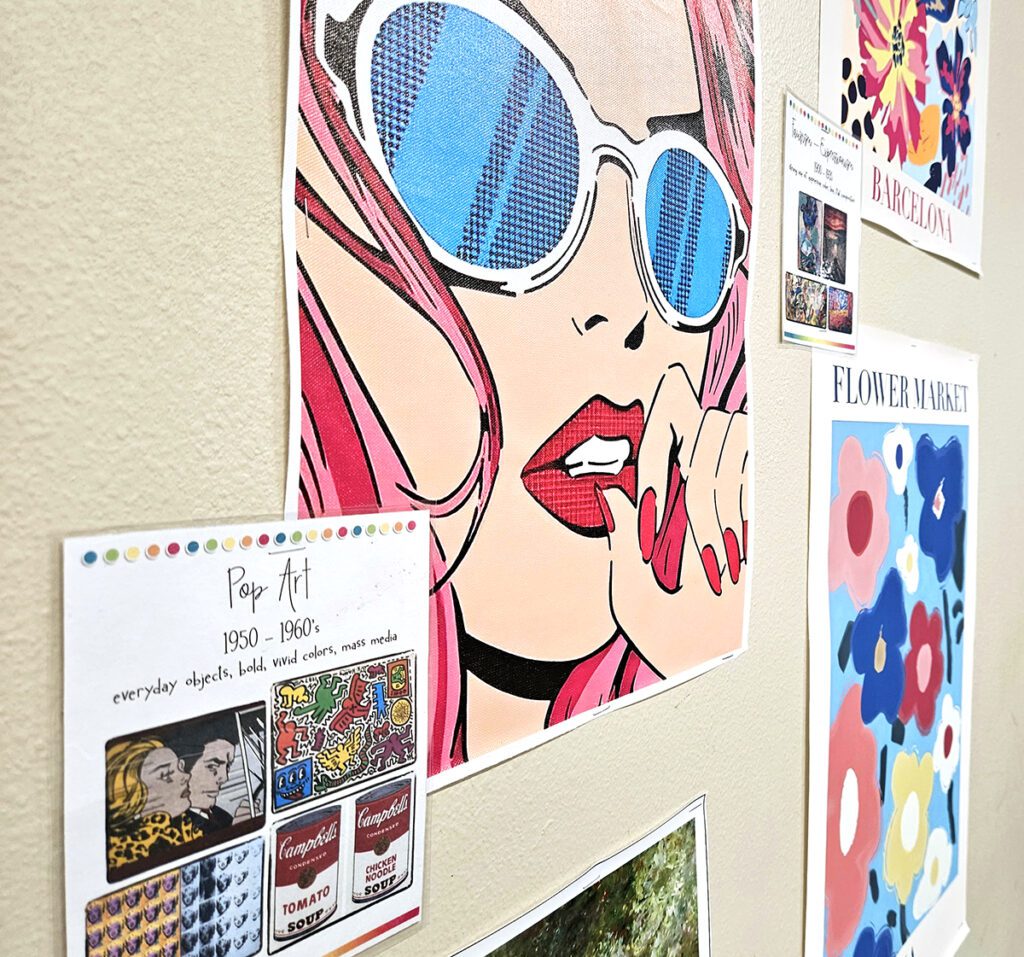
Let’s review four reasons art teachers love the seedy side of the art world.
- Ethical Lessons
The darker side of the art world provides real-life scenarios for students to think about ethical issues. Teaching students about these issues helps them better understand the complex dynamics of the art market and how to become responsible art consumers. - Historical Context
Art history is all about putting art within its historical context. However, to really cement the time period of artists and their art into students’ brains, they need a memorable story. Connecting artwork with its seedy history naturally makes for unforgettable stories! - Advocacy and Change
The problems within the art world can motivate students to become advocates for positive change. By understanding the issues, students may lead the charge toward fair practices and increased cultural preservation. - Curiosity and Questioning
Spice up lessons with the mysteries and scandals surrounding artists and artworks. Students start listening and asking questions because they’ll want to know even more. Don’t be surprised when they ask for more stories!
Here are six seedy parts of the art world that art teachers love to tell their students!
1. Art Forgery
The underground art world is full of masters of deception. There’s money in art, but getting your hands on artwork can be expensive–sometimes as much as millions of dollars! Scrupulous art forgers skillfully recreate masterpieces. Some forgeries are so good they even deceive art experts. Auction houses, galleries, and private collectors sometimes buy and sell forged art without knowing it!
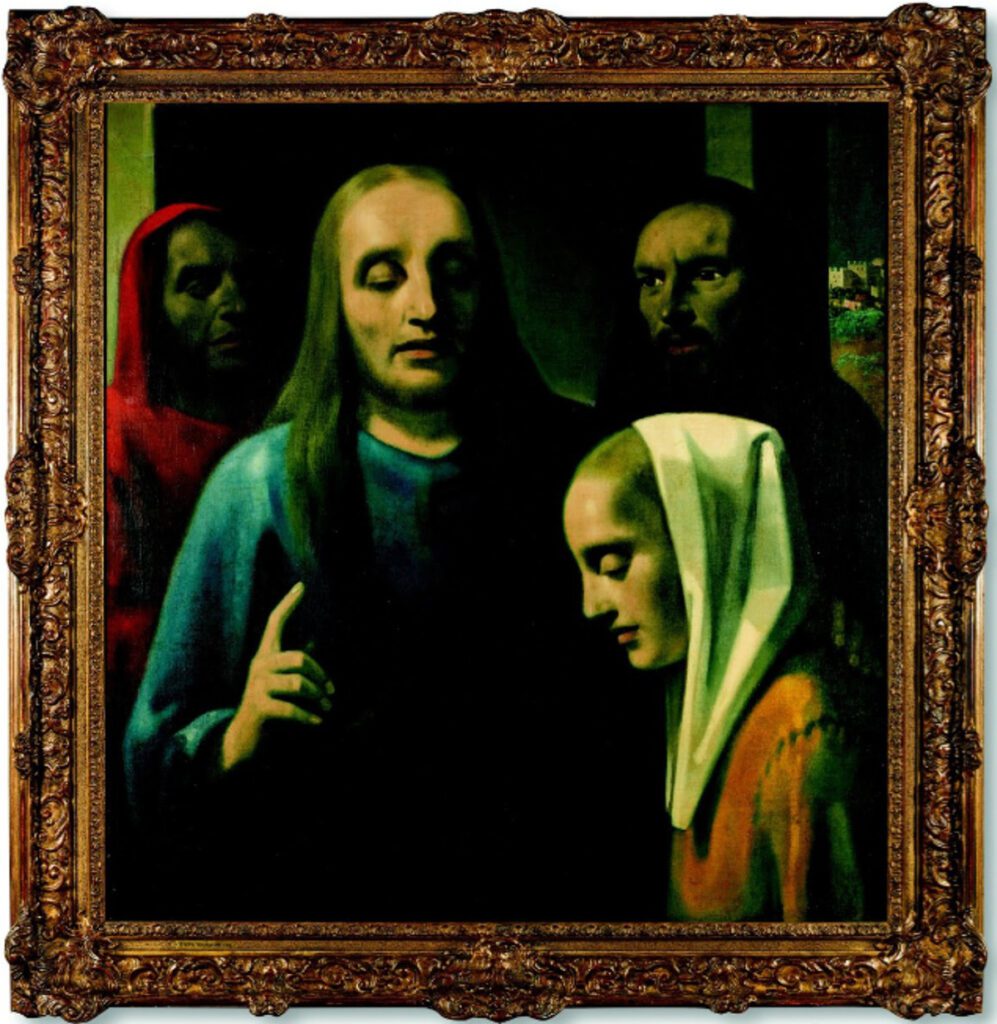
Share these three intriguing art forgery stories with your students.
- Han van Meegeren
Han van Meegeren went on trial in 1947 for collaborating with the Nazis to sell stolen artwork. However, charges of Nazi collaboration were dismissed. It turns out, he had forged artwork for years, passing them off to the Nazis as paintings of the famous Dutch artist, Johannes Vermeer. - The Greenhalgh Family
Sometimes forgery is a family business! Shaun Greenhalgh was an expert forger. His parents sold his fake artwork to a variety of buyers. The Greenhalgh family fooled the Bolton Museum, Tate Modern, and Christie’s auction house before their scheme collapsed in 2006. By then, they sold Shaun’s forgeries as everything from legitimate Egyptian sculptures to an artwork experts thought was by Leonardo da Vinci. Shaun Greenhalgh ended up serving almost five years in prison for his schemes. - The Knoedler Gallery
It is said the famous and highly esteemed Knoedler Gallery in New York sold more than 30 forged paintings. For years, a mysterious woman named Glafira Rosales provided them with paintings she claimed to be by Abstract Expressionists like Mark Rothko and Jackson Pollock. The gallery sold the paintings but forensic tests later proved them forgeries. The scandal took down the famous gallery, which had been open for 165 years and was once one of the most respected galleries in the United States.
2. Art Theft
From the Nazi regime plundering artwork during World War II to individuals snatching artwork right from the walls of museums, history is ripe with art theft. One painting can cost more than a year’s salary, so it’s no wonder people with loose morals and sticky fingers target the fine art world.
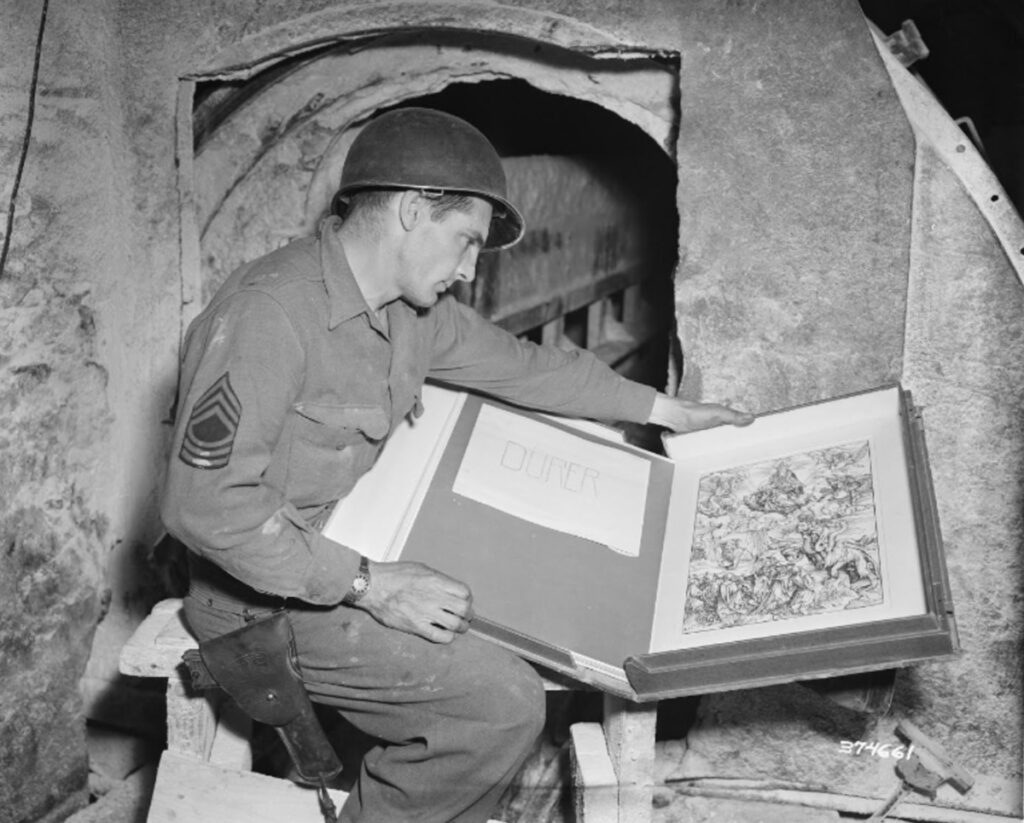
Tell these three stories of art theft to your students to captivate their attention.
- The Monuments Men
During World War II, a group of Allied soldiers had the job to protect and recover art from the Nazis. They saved more than five million artworks, preserving important cultural artifacts from destruction. - The Gardner Museum Heist
In 1990, two men disguised as police officers stole artwork from The Gardner Museum. Thirteen artworks valued at hundreds of millions of dollars in total were taken. Despite a large-scale investigation and a $10 million reward, they were not able to recover any of the artworks. - Mona Lisa
Many students are unaware of why the Mona Lisa rose to its current level of fame. While in the Louvre, three handymen hid in a closet until the museum closed. They quietly removed the painting and disappeared. It was over a day before anyone noticed it was gone—and it wasn’t even a museum worker who discovered its absence! A painter was using the Louvre as his subject and he inquired when the Mona Lisa would be back. This set off a massive search for the artwork, causing the public to become aware of its significance. Two years after stealing it, one of the thieves attempted to sell the masterpiece. They arrested the thief and returned the Mona Lisa to the Louvre.
3. The Underground Art Market
Art thieves can’t sell stolen art using auction houses or honest art buyers. They need someone who will buy it without reporting them to the police. Many of the pieces bought and sold in the underground art market were looted from vulnerable locations like archaeological sites or war-torn regions.
These two examples of underground art market dealings are sure to get the attention of your students.
- Douglass Latchford
Douglass Latchford is an art dealer who sold looted Cambodian artifacts. While he denied the claims, in 2021, his daughter promised to return the artifacts to Cambodia. - Christophe Kunicki
Christophe Kunicki sold the Metropolitan Museum of Art an Egyptian sarcophagus for $4 million. The museum had to return it back to Egypt.
4. Money Laundering and Tax Evasion
Records showing who rightfully owns artwork aren’t always available, so there are times when stolen art is used as payment or as a way to move illegal funds across borders. Manipulative people use the artwork to hide the real origin of funds.
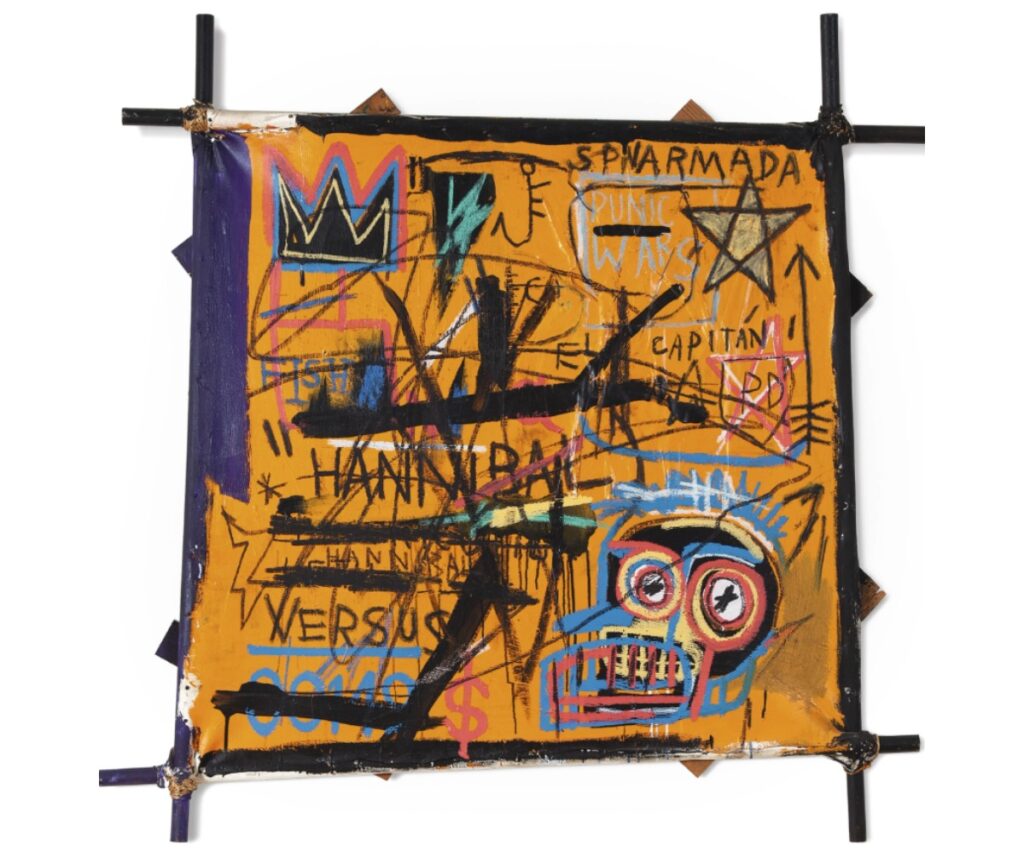
Let’s look at two instances of money laundering using art.
- Edemar Cid Ferreira
Former Brazilian banker, Edemar Cid Ferreira, was caught on his way to the United States to sell a Jean-Michel Basquiat painting. He used fake shipping invoices to get the painting across the border. - Beaufort Securities and Matthew Green
In 2017, Matthew Green helped Beaufort Securities hide illegal money by pretending to trade a valuable painting with them. Instead, he kept the painting and took some of the illegal money for himself.
5. Exploitation of New Artists
Artists looking to make their name in the art world sometimes have to fight or fall in line with manipulative galleries and agents. Some galleries and agents coerce new artists into making unfair deals. The artists may be forced to change their style or vision in exchange for publicity or a placement in the gallery or museum.
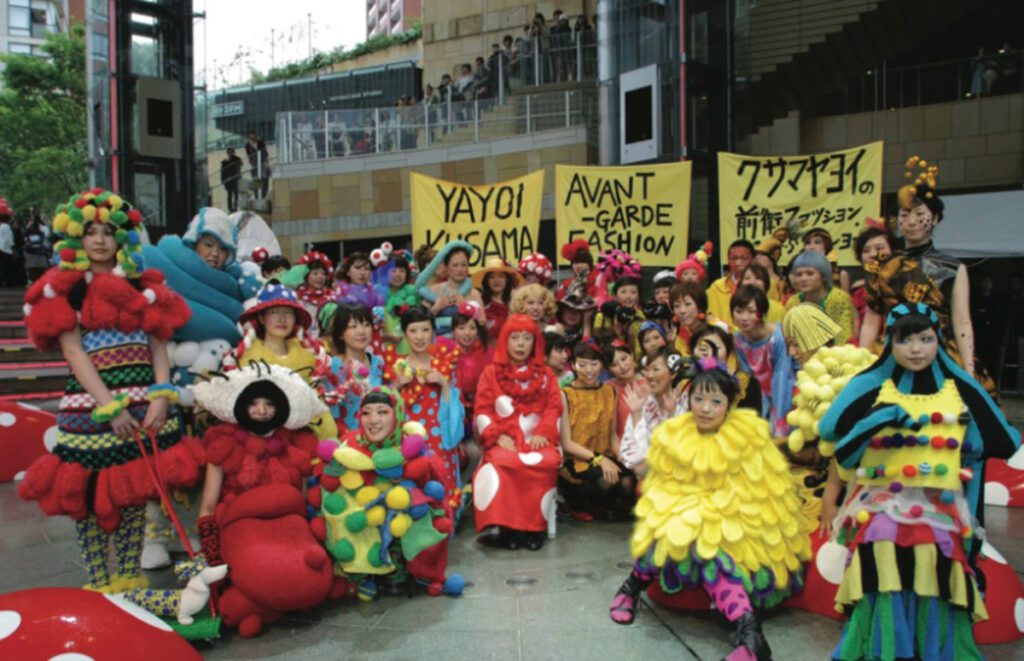
Here are three interesting examples of the exploitation of new artists.
- Jean-Michel Basquiat
As Jean-Michel Basquiat’s career began to grow, so did attempts to exploit his artwork. People reproduced and imitated his art without permission. This made it hard to preserve his artistic legacy. - Keith Haring
Similar to Basquiat, Keith Haring’s work was also reproduced without permission. He wanted everyone to be able to access his work, but this led to some people stealing his art or using his art for commercial purposes without credit or payment. - Yayoi Kusama
At the beginning of her career, the art world was dominated by men. Her male peers, including Andy Warhol, stole many of her ideas. This led to mental health crises and a struggle to get the recognition she deserved.
6. Auction House Shenanigans
Artists and art dealers often sell their art through auction houses, where the artwork goes to the highest bidding person or entity. These art auction houses are supposed to be impartial, but rumors suggest they’re anything but fair. Many have been accused of influencing the outcome of auctions through various tactics. For example, people make fake bids to increase the final sale price or the auction house will make deals with buyers prior to bidding.
Let’s explore two crimes associated with art auction houses.
- Price Fixing
From 1993-1999, two famous art auction houses, Sotheby’s and Christie’s, fixed their commission prices. This meant art sellers couldn’t negotiate commission prices. They were charged with violating anti-trust laws. - Shill Bidding
Fancy art auction houses aren’t the only place people can bid on famous artwork. In 2000, Kenneth Walton and Scott Beach attempted to sell a fake Diebenkorn artwork on eBay. They created fake accounts and put bids on the artwork to drive the price up. They were charged with fraud.
Educating students through art history can be fun! While highlighting the dark side of the art world is effective, there are other ways to entice students to enjoy art history. AOEU’s graduate course Educating Through Art History has plenty of other methods to enthrall and mesmerize your students. However, art teachers love how the dark side of art history helps students think critically about ethics, places art in its historical context, and encourages students to make changes in the art world. Art forgery, art theft, the underground art market, money laundering and tax evasion, exploitation of new artists, and auction house shenanigans are sure to engage students. The seedy side of the art world is absolutely fascinating!
Which seedy art history story do you love to tell your students?
What’s your favorite art history scandal?
Magazine articles and podcasts are opinions of professional education contributors and do not necessarily represent the position of the Art of Education University (AOEU) or its academic offerings. Contributors use terms in the way they are most often talked about in the scope of their educational experiences.





